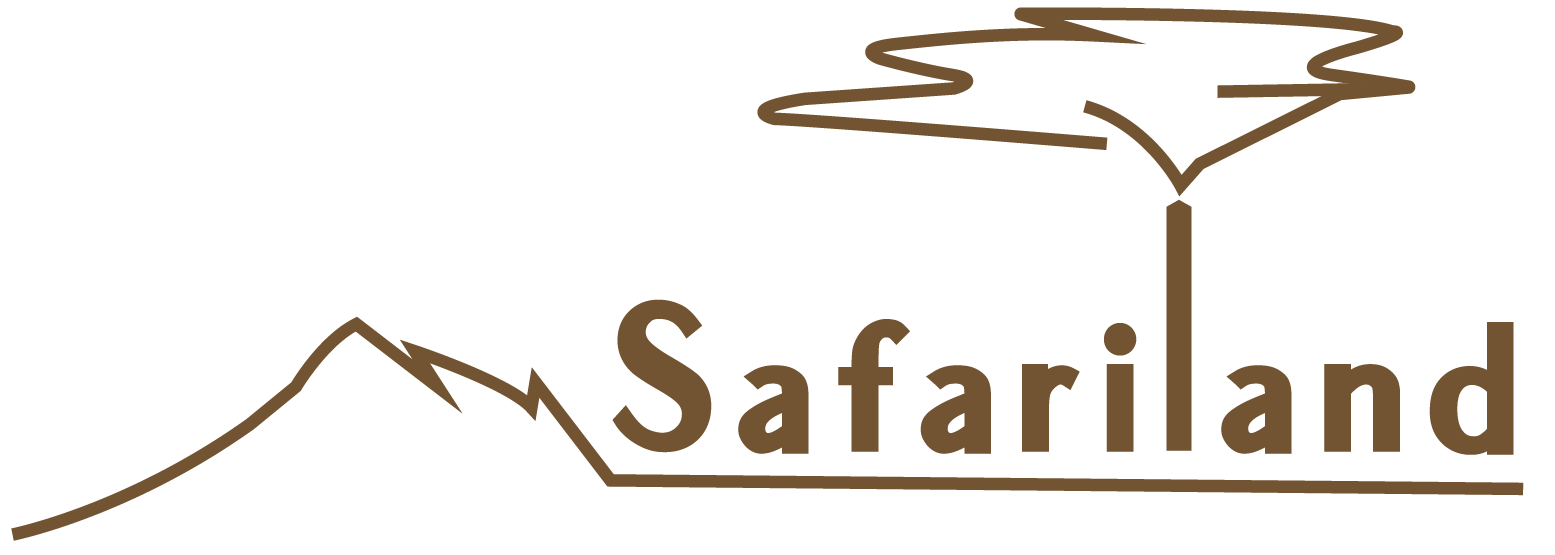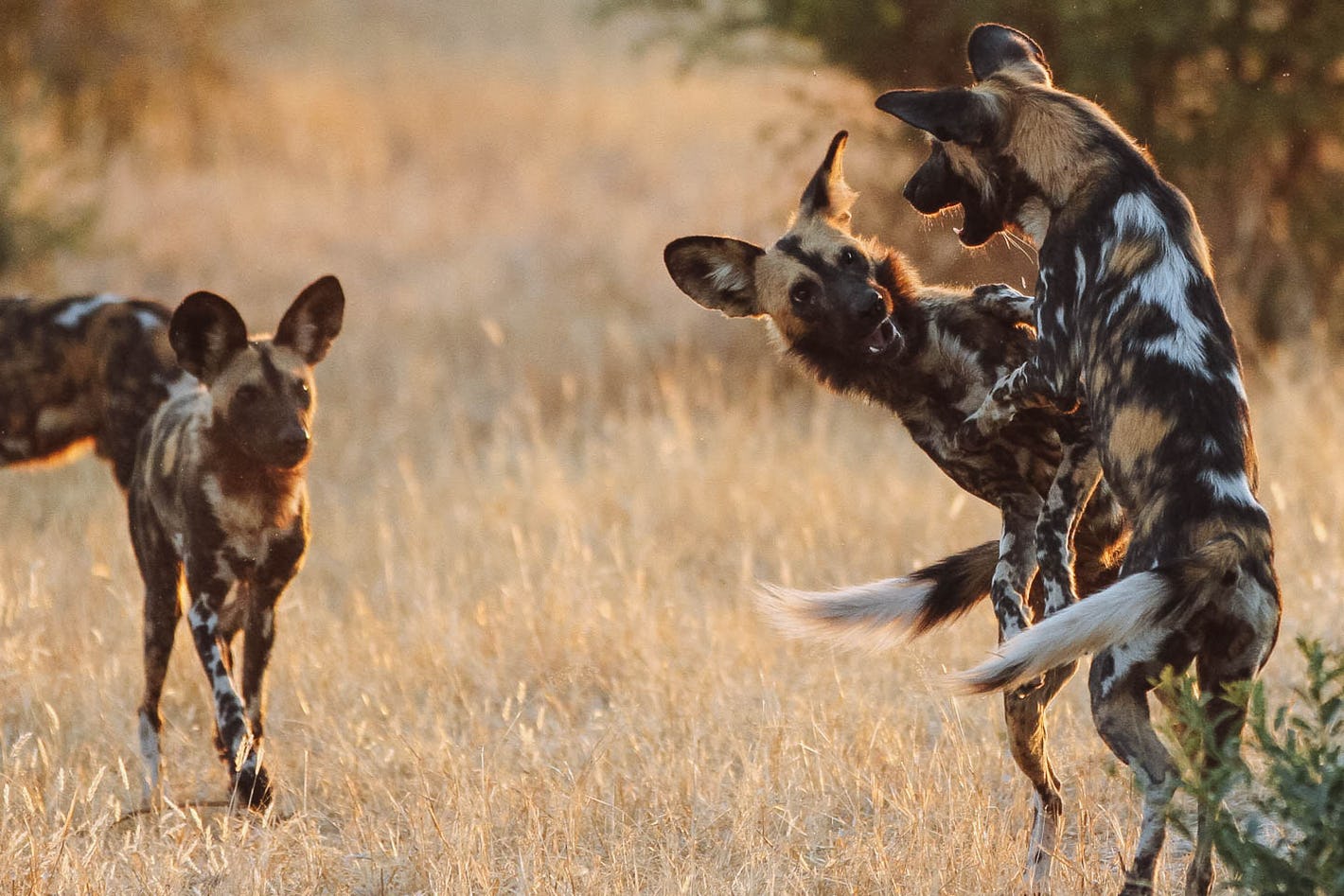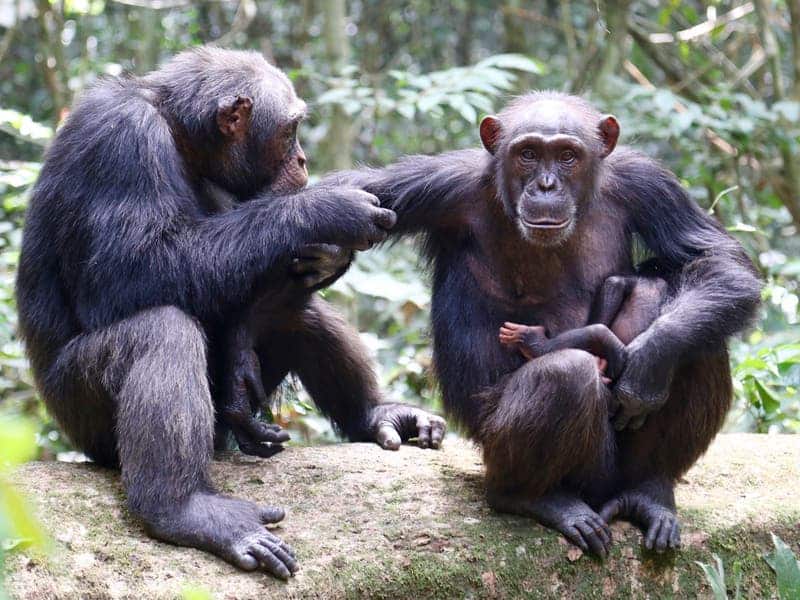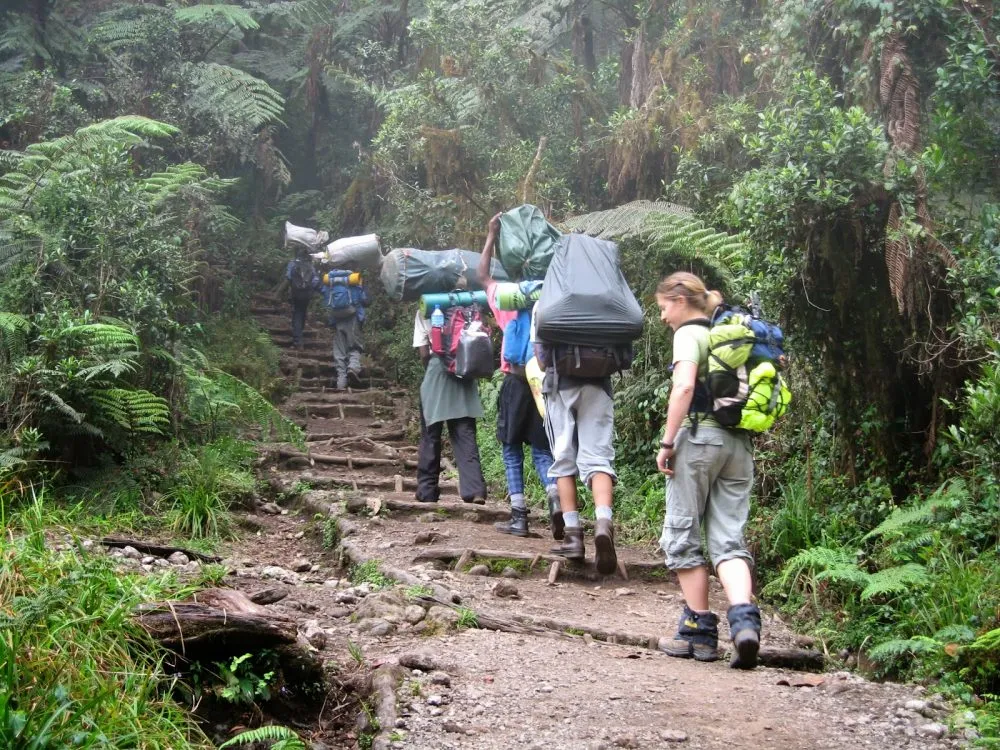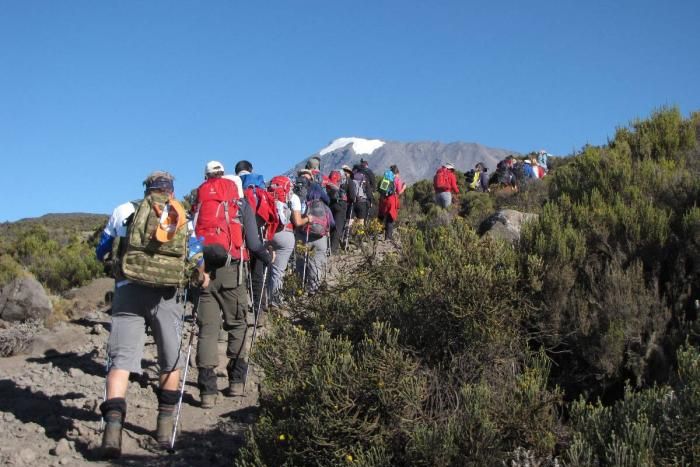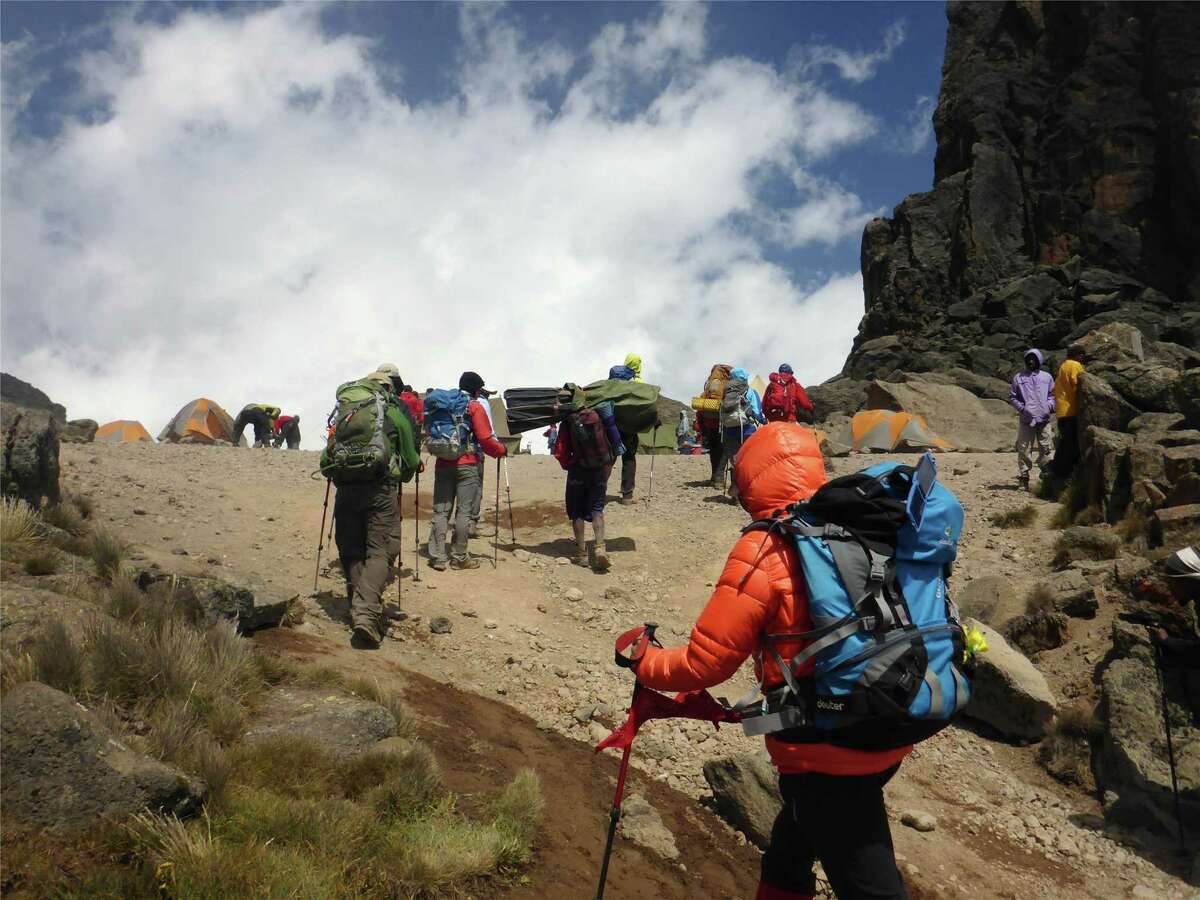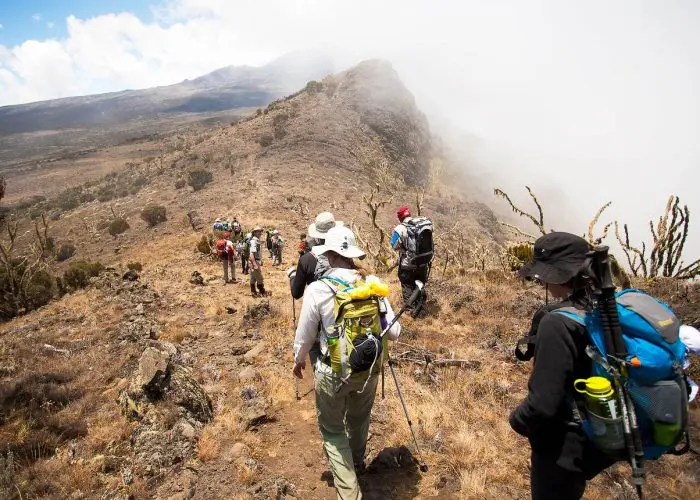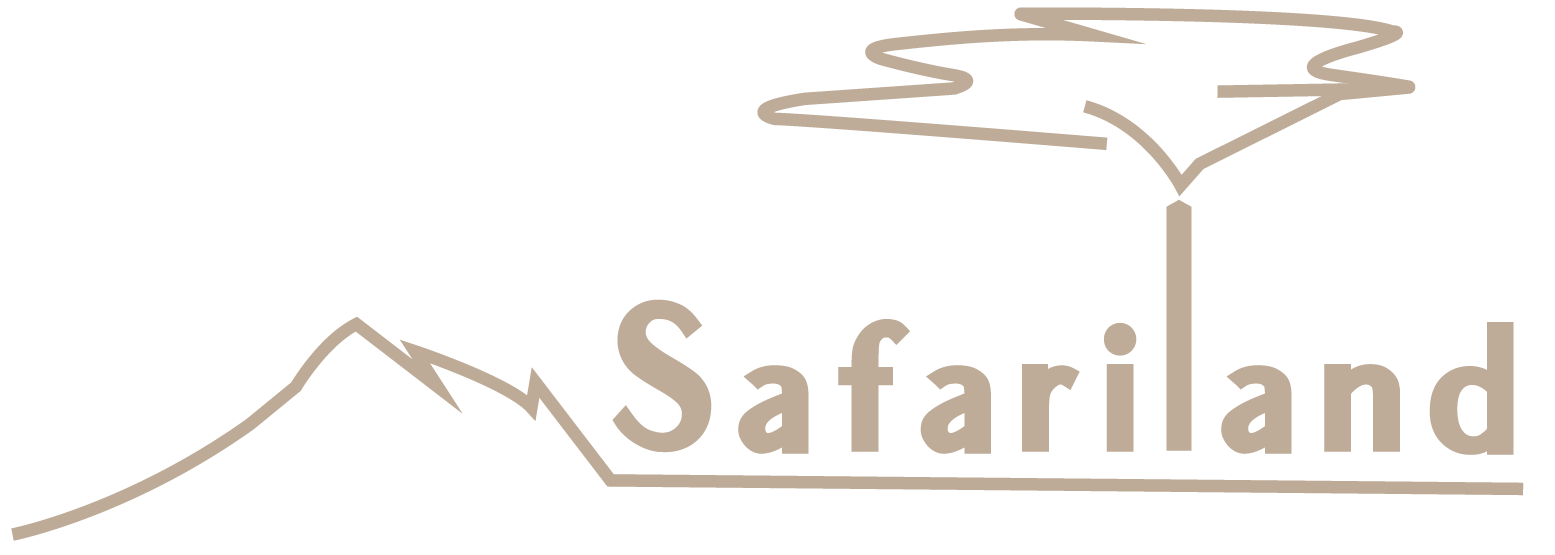Altitude training is a critical component of preparing for a Mount Kilimanjaro climb. As you ascend the mountain, the air becomes thinner, and the reduced oxygen levels can pose challenges to your body. Engaging in altitude training prior to your climb can help your body adapt to these conditions and increase your chances of a successful summit. In this section, we’ll explore the importance of altitude training and provide you with valuable tips to incorporate it into your preparation.
Importance of Altitude Training
Altitude training offers several benefits for climbers preparing to tackle Mount Kilimanjaro:
Enhances Acclimatisation
One of the primary goals of altitude training is to help your body acclimatise to the reduced oxygen levels at high altitudes. By gradually exposing yourself to higher elevations during training, your body undergoes physiological adaptations that improve your ability to function in low-oxygen environments.
Increases Red Blood Cell Production
Altitude training stimulates the production of red blood cells, which are responsible for carrying oxygen throughout your body. As you train at higher elevations, your body compensates by producing more red blood cells, thereby improving oxygen delivery to your muscles and vital organs.
Improves Stamina and Endurance
Regular altitude training helps build your cardiovascular fitness, increases lung capacity, and improves your overall stamina and endurance. These benefits are crucial for enduring long hours of climbing at high altitudes and reducing the risk of altitude-related symptoms.
Boosts Mental Preparedness
Altitude training not only prepares your body but also helps develop mental resilience. As you face the physical challenges of training at higher elevations, you learn to overcome discomfort, manage fatigue, and build mental toughness, which are invaluable qualities during your Mount Kilimanjaro climb.
Incorporating Altitude Training
Here are some effective ways to incorporate altitude training into your preparation for Mount Kilimanjaro:
Train at Higher Elevations
If possible, consider training in high-altitude locations or visiting mountainous areas where the elevation is similar to or greater than that of Mount Kilimanjaro. This allows you to experience the physiological effects of higher elevations and adapt to the reduced oxygen levels.
Altitude Simulation Equipment
Altitude simulation equipment, such as altitude training masks or hypoxic tents, can replicate the reduced oxygen levels experienced at higher altitudes. These tools restrict your airflow, forcing your body to work harder and adapt to the lower oxygen environment.
Gradual Ascent in Training
During your regular hiking or climbing sessions, gradually increase the elevation and duration of your workouts. Start at lower altitudes and gradually progress to higher elevations over time. This progressive approach helps your body adjust gradually and minimizes the risk of altitude sickness.
Interval Training
Incorporate interval training into your routine, alternating between high-intensity bursts and periods of rest or lower intensity. This mimics the fluctuations in effort experienced during a climb and helps improve your body’s efficiency in utilizing oxygen.
Cardiovascular Exercises
Engage in regular cardiovascular exercises such as running, cycling, or swimming. These activities improve your lung capacity and overall cardiovascular fitness, making your body more efficient at utilising oxygen.
Focus on Breathing Techniques
Practice deep, controlled breathing techniques during your training sessions. This helps optimize oxygen intake, improve lung function, and increase your body’s ability to cope with lower oxygen levels.
Tips for Altitude Training
Consider the following tips to make the most of your altitude training:
Consult with a Professional: If you’re new to altitude training or have any underlying health conditions, consult with a medical professional or a qualified trainer before starting your training program.
Gradual Progression: Take a gradual approach to altitude training. Increase the elevation and intensity of your workouts slowly to allow your body time to adapt and minimize the risk of altitude sickness.
Stay Hydrated: Proper hydration is essential during altitude training. Drink plenty of water before, during, and after your workouts to support your body’s physiological adaptations and prevent dehydration.
Monitor Your Body: Pay attention to any signs of altitude sickness, such as headache, dizziness, nausea, or shortness of breath. If you experience severe symptoms, descend to a lower elevation and seek medical attention if necessary.
Combine with Other Training: Altitude training should complement your overall physical training regimen. Continue to engage in cardiovascular exercises, strength training, and hiking to build a well-rounded fitness base.
Remember, altitude training is just one aspect of your preparation for Mount Kilimanjaro. Proper gear, nutrition, and acclimatization are equally important. Incorporate altitude training into a comprehensive training program and ensure you give yourself ample time to adapt to higher altitudes.



